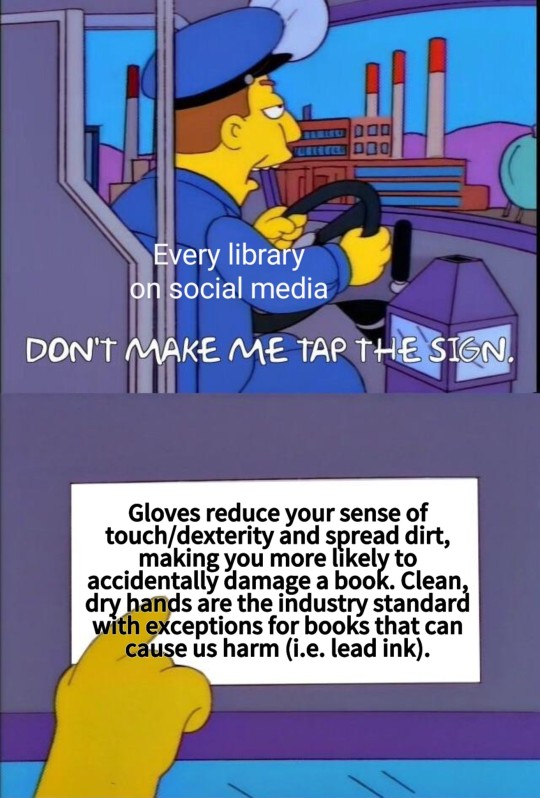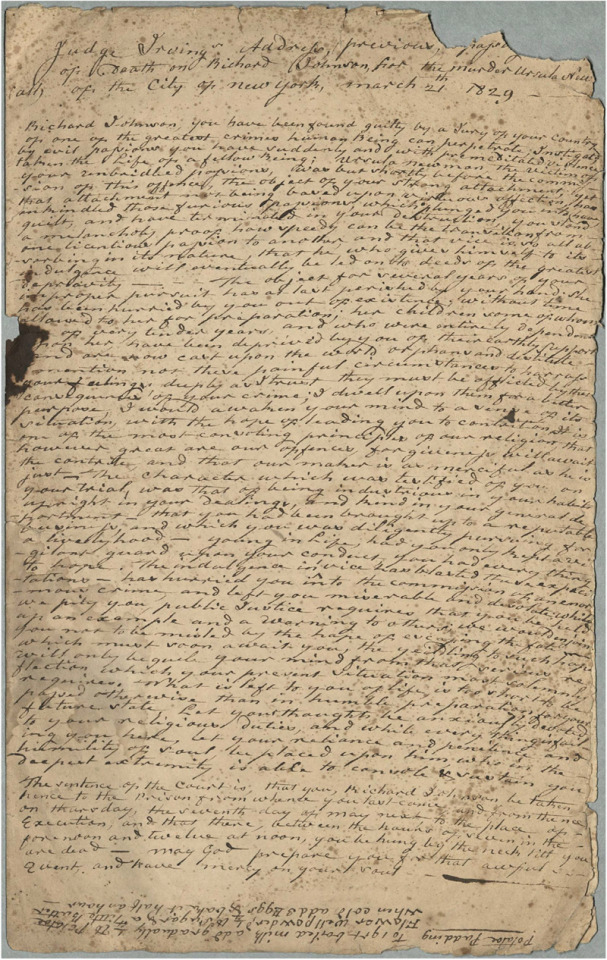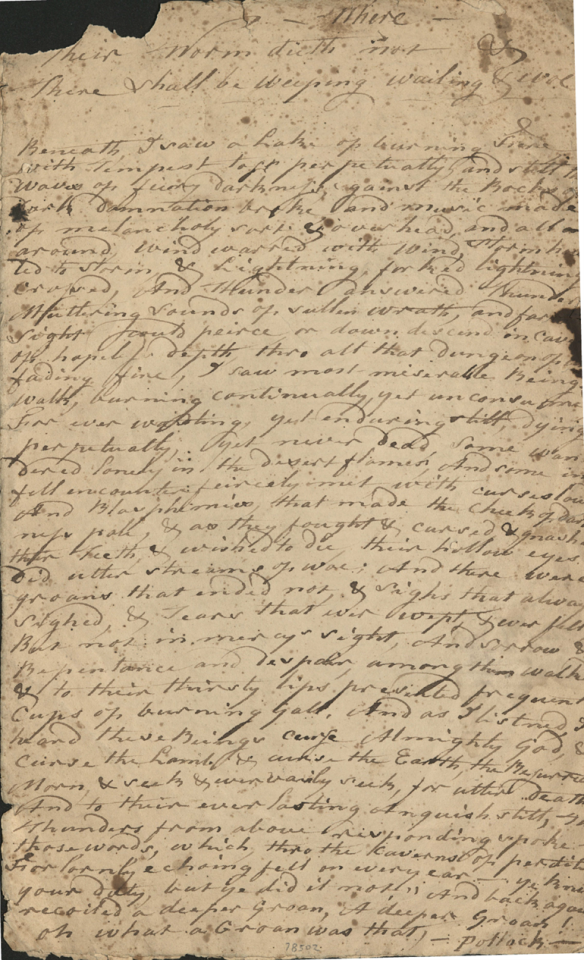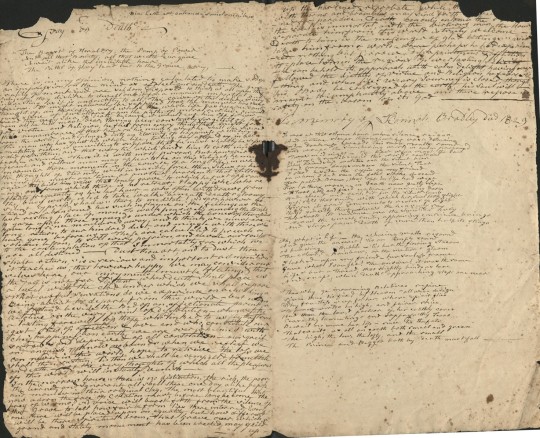#archives & manuscripts
Explore tagged Tumblr posts
Text

#libraries#librarians#tumblarians#library school#books & libraries#library#special collections#old books#rare manuscripts#library posting#archiving#archives
23K notes
·
View notes
Text

“The temptation of Shallan in the Gardens: Lady Jasnah disapproves” inspired by Persian illuminated manuscripts from the 1400’s
#stormlight archive#the stormlight archive#the way of kings#cosmere#this art of mine#I had soooo much fun with this one#honestly Persian manuscripts fit the look of SLA much better than European ones idk why I didn’t think of it earlier#artists on tumblr#illuminated stormlight
421 notes
·
View notes
Text

Detail of a painting of a sukkah. Image taken from f. 316v of Forli Siddur. 1383, Italian rite from the The British Library.
482 notes
·
View notes
Text

The destruction of culture is an evident part of genocide. Al-Omari housed centuries old Palestinian manuscripts that convey aspects of the intellectual history of Palestinians. I am not sure of their status. Both literal and metaphorical life is being extinguished by Israel.
#palestine#gaza#i know about the manuscripts because i studied about an archive that houses digital manuscripts from around the world#in case you were wondering how i know about it
2K notes
·
View notes
Text

Album Amicorum of Jan va der Deck (Shelfmark: Bodleian Library MS. Rawl. B. 21. Dated after 1592)
81 notes
·
View notes
Text


Biblioteca Domenicana Santa Maria Novella, Florence
438 notes
·
View notes
Text
Next week! Discover Hidden Treasures: New Additions to our Collections of Manuscripts and Rare Books

Part of the opening page of "Epistulae ad familiares," a fifteenth-century Italian manuscript written in Latin, by Marcus Tullius Cicero, c. 1450.
Join us next Thursday, 16 January between 4-6p for our first Third Thursdays at the Library event of the semester!
This event will feature a selection of recent acquisitions that enhance key areas of our collections, including early Western manuscripts, fifteenth-century books (incunables), and the history of medicine and astronomy.
Would love to see you there!
#events#open houses#open house#libraries#archives#special collections#special collections libraries#libraries and archives#special collections and archives#rare books#manuscripts#illuminated manuscripts#acquisitions#new acquisitions
32 notes
·
View notes
Text

Langston Hughes, Johannesburg Mines, (drafts, typescript and carbon, corrected), 1924 [Langston Hughes papers, JWJ MSS 26, Poems, Single Poems, Box 379, folder 6540, Yale University Library, Beinecke Rare Book and Manuscript Library, New Haven, CT]
Johannesburg Mines In the Johannesburg Mines There are 240,000 Native Africans working. What kind of poem Would you Make out of that? 240,000 natives Working in the Johannesburg mines. ― Published in «The Messenger», Vol. VII, No. 2, February 1925, p. 93 (pdf here) (then in «The Crisis», February 1928) [Marxists' Internet Archive]
#poetry#magazine#langston hughes#langston hughes papers#the messenger#the crisis#yale university library#beinecke rare book and manuscript library#marxists' internet archive#1920s
19 notes
·
View notes
Text

First page of the codex Llibre del cor (“The choir’s book”) by Antoni Crispí, year 1536 for la Seu Vella cathedral of Lleida (Ponent, Catalonia).
From Museu de Lleida (Twitter / Instagram).
#arts#música#pintura#lleida#catalunya#books#manuscript#art history#renaissance#1500#16th century#codex#music#history#historical#artifact#booklr#book design#music aesthetic#dark academia#academia aesthetic#europe#dark academic aesthetic#archives
43 notes
·
View notes
Text
Fuck yeah, open education! Here's a series of videos that start from 0, so you can learn about how manuscripts are described and studied.
35 notes
·
View notes
Text










@/chloeinpoems
#medieval#medieval women#Middle Ages#medieval history#museum#history#manuscript#illuminated manuscript#women’s history#tiktok archive#medieval women exhibition
7 notes
·
View notes
Text





One of the items featured at our open house this week was this manuscript with a copy of the death sentence from an 1828 murder case. Richard Johnson was one of the last two people publicly executed in New York, alongside Catherine Cashiere, on May 9th, 1829.
This manuscript includes a couple extracts: a stanza from Gray's "Elegy Written in a Country Churchyard," paraphrases of Mark 9:48 and Revelation 18:19, and part of Book I of Robert Pollok's The Course of Time, which summarizes the damnation sections of the Book of Revelation.
Probably our favorite part, however, is a recipe for "Potatoe Pudding," scrawled upside down at the bottom of the first page.
The pamphlet image included was found here.
#riesenfeld center#umn#university of minnesota law#university of minnesota law library#rare books#umn law#archives#special collections#law school#manuscript#handwriting#murder trial#execution#recipe
43 notes
·
View notes
Text
OK! So after a conversation with @aew-regression-cove (honestly, who did you think i was going to say at this point? They're practically my best friend) I've been made aware of hyperfixation Bluetooth.
A hyperfixation Bluetooth is when you're so insufferable about a piece of media that you force your friends to consume said media and they also hyperfixation on said media.
Apparently, I bluetoothed my hyperfixation on both outerbanks and top gun to Kit and they bluetoothed their maze runner hyperfixation to me
This begs the question. Have I bluetoothed any of my hyperfixations to you? Here's a few that I've had bluetoothed
The magnus archives by an irl friend
Outer banks by @jjtheresidentbaby
umbrella academy by @jjtheresidentbaby
Maze runner by @aew-regression-cove
Im also well on my way to joining the arcane fandom and doctor who fandom thanks to @angel-pupp
8 notes
·
View notes
Text
had an idea in the shower. what if the books in alethkar were like illuminated manuscripts. you could have womens script with little simple glyph translations above (like when they put old english over latin) and images to help comprehension when theres no one around who can read. maybe they would carve shells of different chitinous animals instead of using ivory (im assuming it would be thicker than like a regular crab shell on certain things like chasmfiends for example). not exactly sure about writing surface they dont talk a lot about like getting hides from certain animals lmfao. you set spheres into fancy covers like they did with gems. maybe if u put certain gems together it becomes a fabrial with a cool extra function. really detailed glyphs with intricate patterns like celtic knots . vorin religious figures.




do u understand the vision
#jordan talks#the stormlight archive#i havent gotten into islamic manuscripts yet in class or i would include those too#these are like. early medieval/carolingian
10 notes
·
View notes
Text



Valentine's Day is two days away, so here are some examples of vintage Valentine's Day cards from the archive! These colorful and ornate greetings can be found in the Rupert H. McCasland Papers, Marion B. Benton Papers, and "Valentines" reference file.
To access these and other materials, please contact Reference Services at [email protected] or (806) 742-9070.
5 notes
·
View notes
Note
Question!! I’ve been reading Kafka’s letters to Oskar Pollak, but I have been notified that there is only 11 of the 13(?) letters in “Letters to friends, family, and editors”. Where can I find the missing 2 letters? Thank you!! Have a blessed day!
Those letters were purposefully omitted by Max Brod so it's not accessible for the public. Even the letters that we know of are in some way altered. But I think the letters are kept either in national library of Israel or by private collectors.
#i don't remember exactly where the original manuscripts are but im pretty sure its in the library archives#asks
26 notes
·
View notes